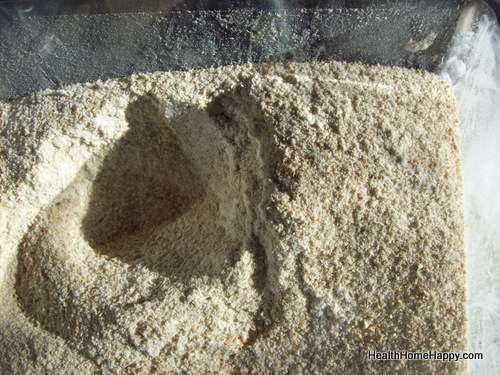Spectrophotometric determination is utilized around the world and is a preferred method due to its simplicity and affordability. The rugged and portable design of spectrophotometric instrumentation makes it an ideal choice for micronutrient determination in laboratory settings as well as at production plants and mills. This technology offers reliable quantification methods of iron in wheat flour as well as a variety of other micronutrients needed for fortification.
Other applications of spectral analysis
Micronutrient analysis can be time consuming and expensive, but spectrophotometric determination of many vitamins and minerals can be achieved with one simple and affordable tool. Spectral analysis has proven reliable for a variety of quantitative and qualitative analysis procedures in the food industry including vitamin and mineral analysis for vitamin A, B series complex vitamins, vitamin C, and iron.
Spectrophotometric assays of vitamins, minerals, and proteins can be difficult to attain. However, advancements in spectrophotometric technology have led to methods to differentiate these elements, quantify them according to their unique properties and improve food safety and quality.
HunterLab is a leader in spectrophotometric technology and has worked together with industry leaders to meet the various challenges and needs of the food industry. We are committed to developing our instrumentation to meet regulatory standards and improve food production and quality. For more information on the technology we offer, contact HunterLab today.



